Step 1
01/06
monthly workshops
We worked with stakeholders to document business and design requirements including.
Deliverables
- System Maps
- Process Flow
- User Scenarios
Beauty & Wellness
Beauty & Wellness
Education & Design
MINT Advertising Resource Management (ARM) is a new category of technology that enables organisations in the advertising industry to consolidate all resources, processes, workflows, and information into a single system to better support their advertising operations.
We started from the most obvious, highest priority pain points and worked our way down the list.
We discussed these results with MINT’s team, defined their main areas of improvement needs, and set our goals. The main initiative was to improve the single system "ARM" usage score by 50%, and as a result of streamline and automate tedious manual tasks.
MINT ARM enterprise faced UX and UI challenges regarding their SaaS. Users struggled to find the information they needed and thus had to create ticket requests to integrate business needs. It’s vital for a digital marketer performing tasks with linguistic clarity, accommodation and simplicity. This is what formed our goals, which were twofold. First, we needed to increase the “task-performing” score. Second, we needed to design a fresh, MINT-branded look software.
The ARM system plays a key role in a brand's image by enabling skilled professionals to focus on strategic goals, improving operational efficiency. To achieve this, system interactions must be empathetic, with a friendly, welcoming vibe and real-time visibility of the advertising process, enhanced by AI features. Consistency in design builds trust and recognition. During the redesign, we extended MINT's brand language across all components to help professionals manage the entire advertising process, integrating both internal and external resources.

We embedded myself within MINT’s marketing operations team to document their business needs, process and pain points via the following methods.
Step 1
We worked with stakeholders to document business and design requirements including.
Step 2
We observed processes and participated in business experiences.
Step 3
We translate strategy into style. Using moodboards and visual references, we align on a creative direction that captures your brand personality and sets a clear design tone.
Step 4
Validated findings with digital marketers via a high fidelity prototype to confirm if these representative issues were solved.
Step 5
Systems thinking tools helped to strategies the carving-out from digital marketing business process complexity.
Step 6
Analyse business requirements and determine the dataset to identify the context including emotional, physical, system, and domain knowledge.

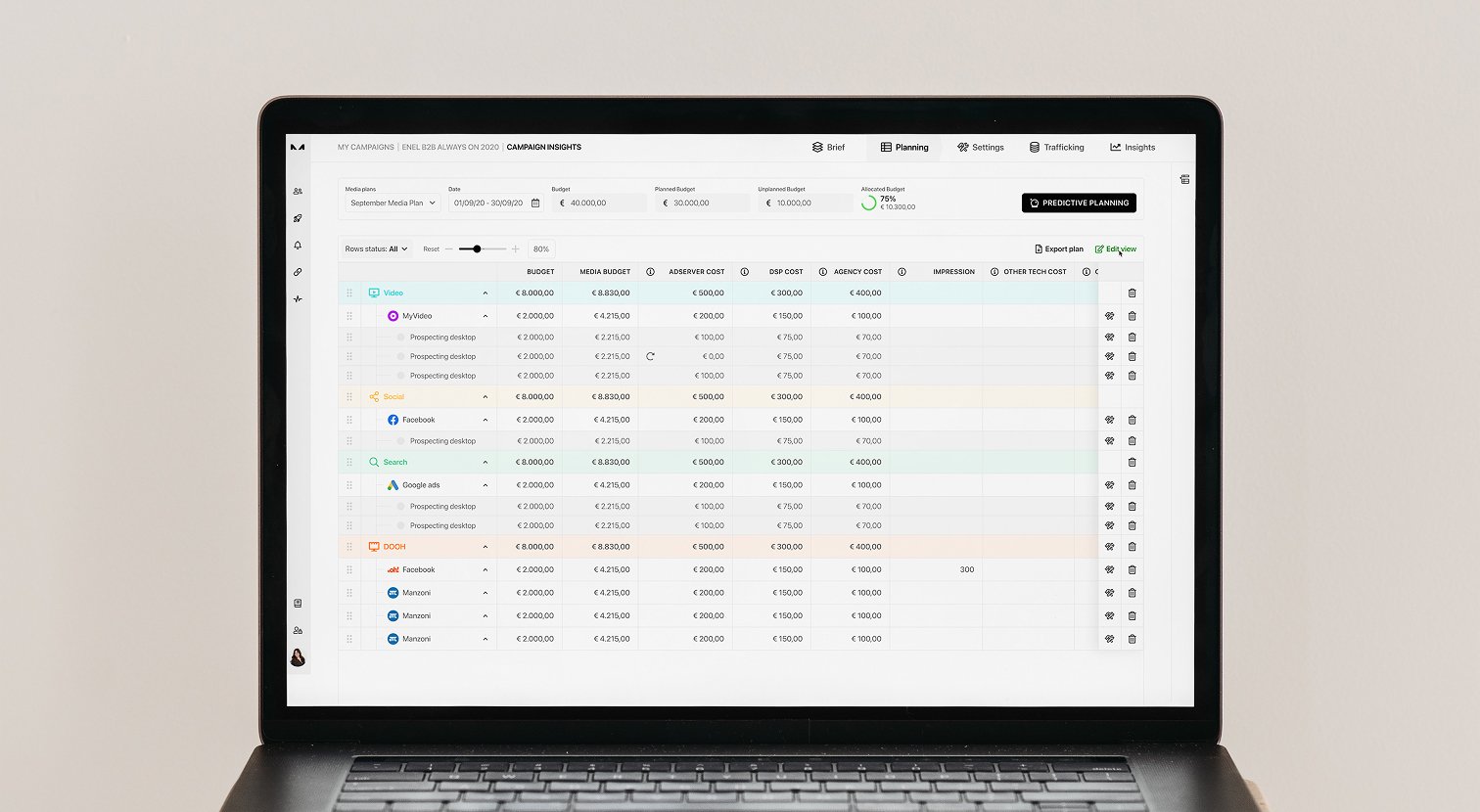
We started from the most obvious, highest priority pain points and worked our way down the list.
We redesigned the structure of the pages and categorised the main sections defining UX patterns and floor-plans. Improved the navigation within each module and supplied responsive behaviours.
Atomic components accelerate the generation of visual concepts and carry the brand’s DNA. Signs of sub-products consist of simple geometric shapes - atomic particles of the brand. This is the foundation of MINT’s visual language. MINT uses sub-products as system extensions. This dictated the limitation of the size, shape, and nature of these artefacts. I developed step by step instructions so that the team would be able to create and use the identity of the sub-products autonomously by observing the principles laid down.
Visual foundations helped MINT to evolve guidelines and launch three new products. The result was a visual design system that the MINT team uses independently. The brand retained the dynamics and expanded the capabilities of the system. The design team used the guidelines to develop and refine the style while maintaining the principles of the system.
The redesign resulted in improved experiences for both navigation and ads operation usability. The ARM usage and user satisfactions score increased by 34% — an incredible outcome. The updated layout increased the content readability by 4X. All this helped to off-load the execution team’s overflow and help them get the full control with maximum automation to improve speed and unlocks full resource potential and AI powered that provides insights, forecasts, and suggestions for better decision-making.
Outcome: ARM usage increased by 34%, decreasing manual activities by -25%
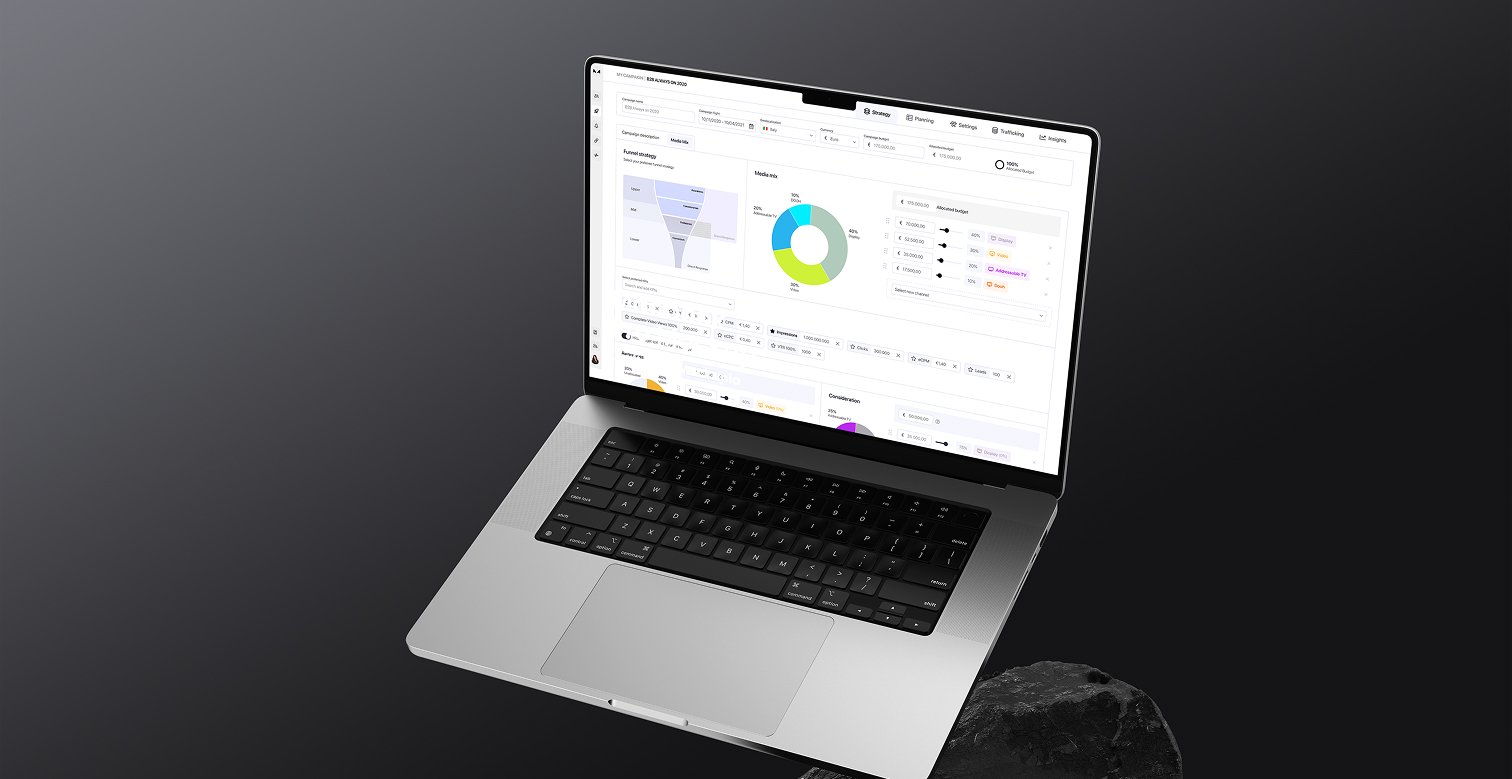
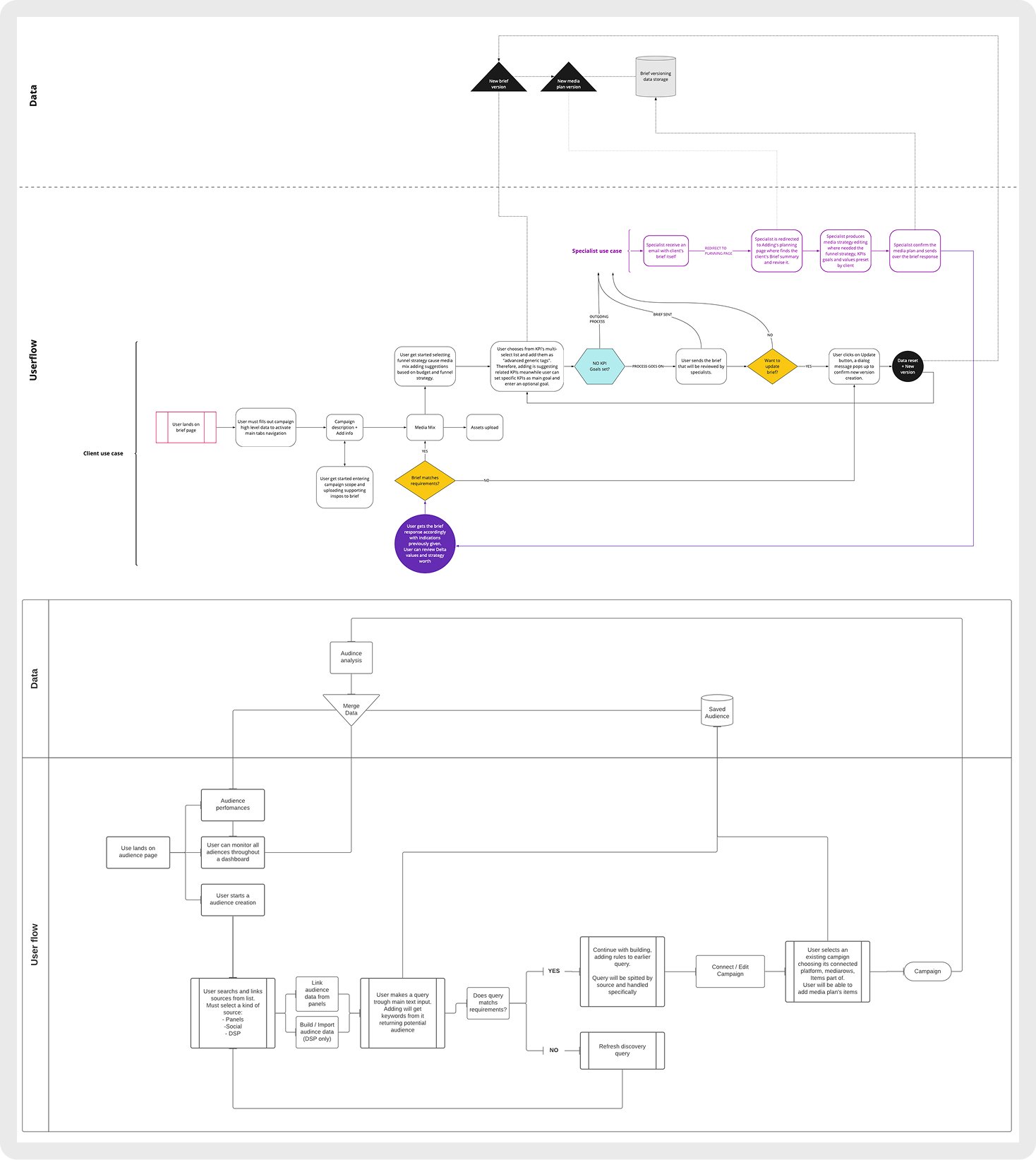
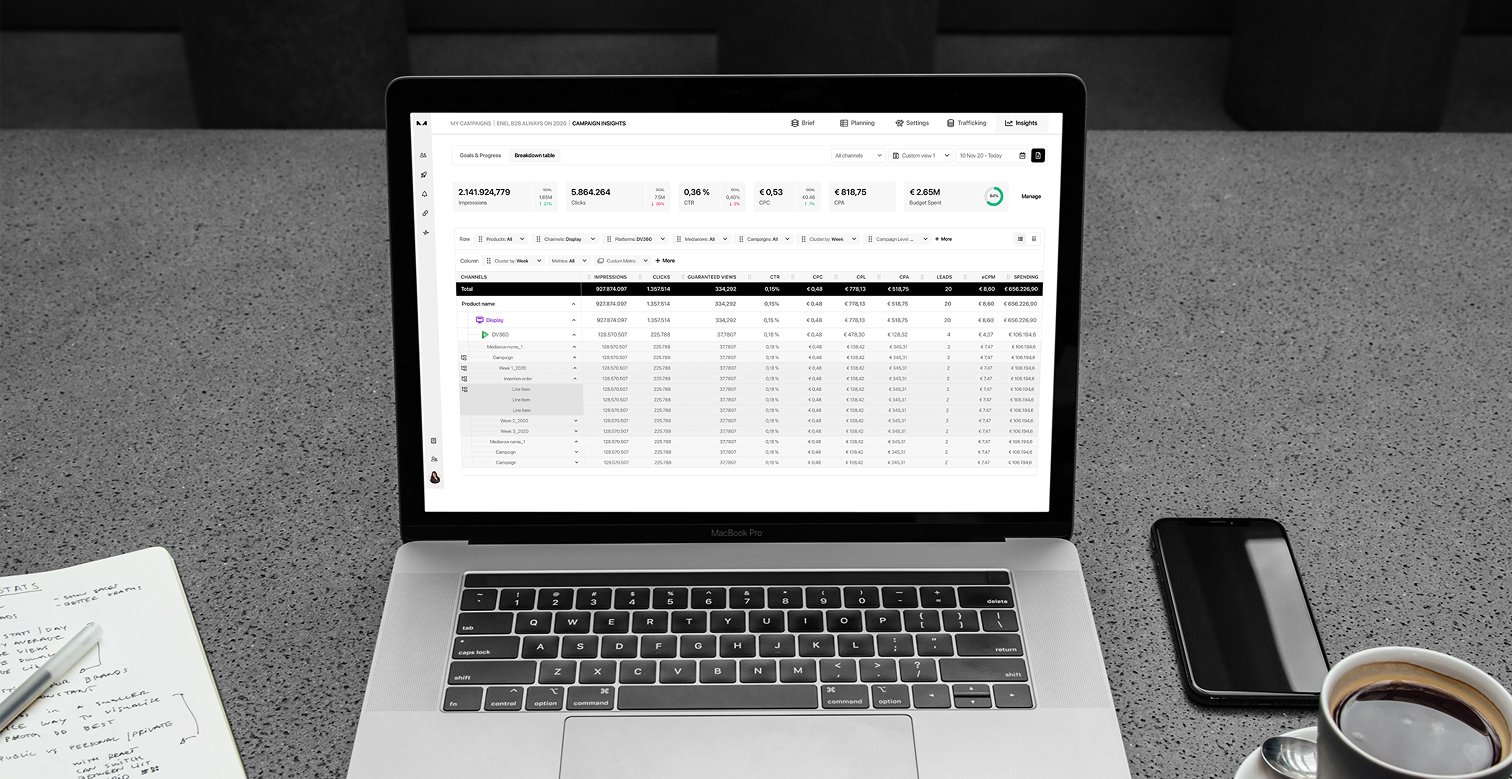
"We brought Flight Mode on to help us elevate our product’s UX and they delivered with clarity and precision. From uncovering real user needs to shaping intuitive interfaces, their process was thoughtful, efficient, and deeply user-centered. A product experience that feels smarter, smoother, and built for scale.
Silvia Cariolo
Chief Product Officer, Mint
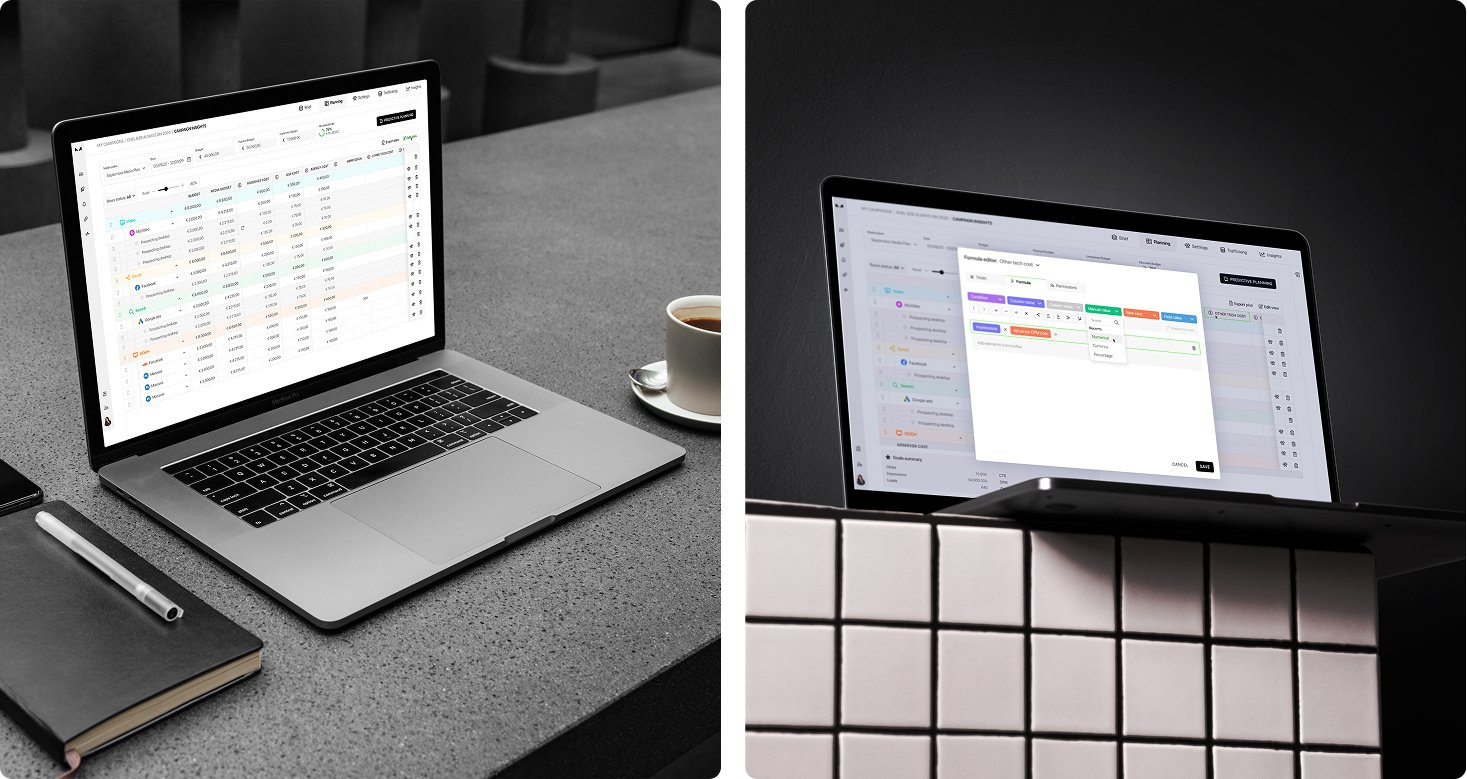
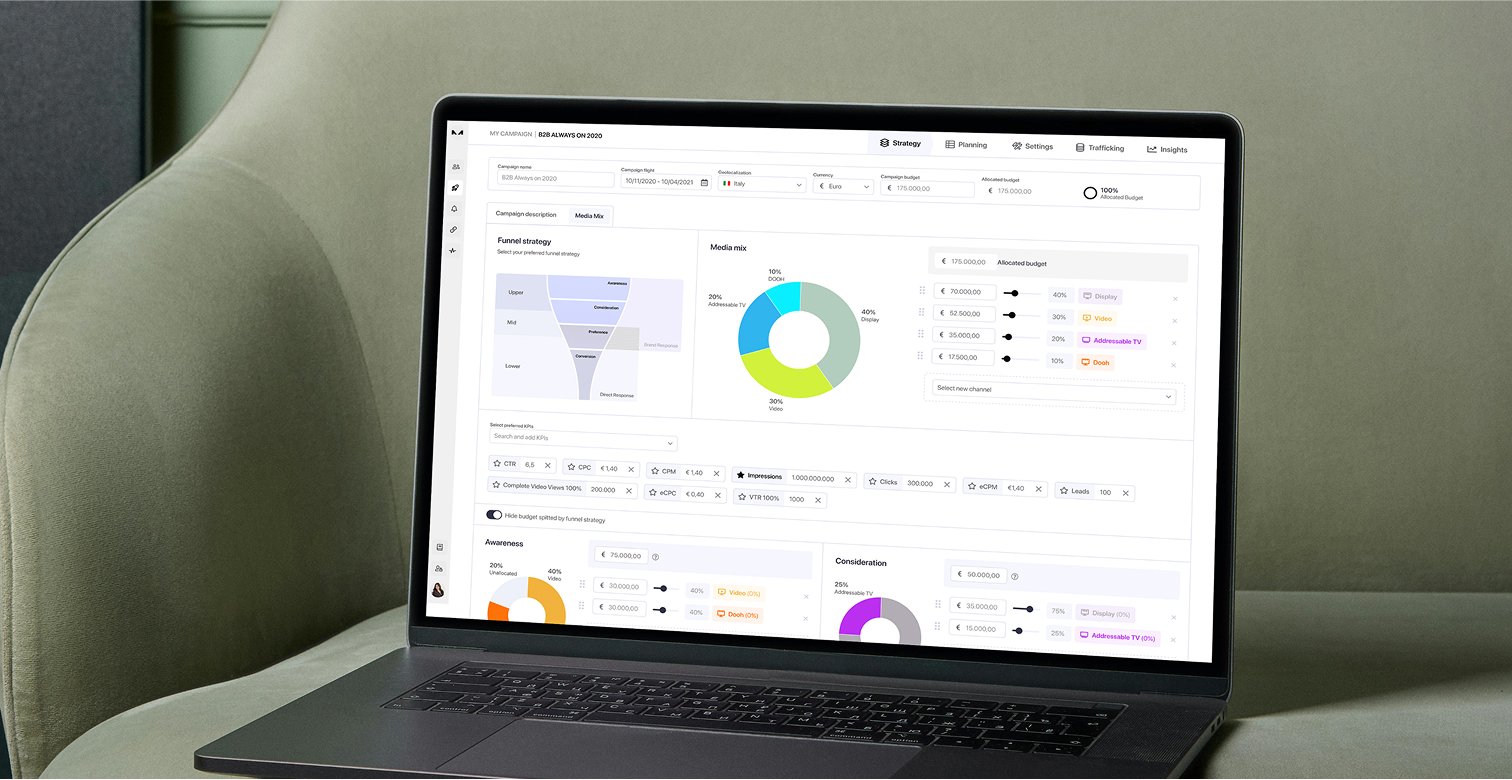
Work

